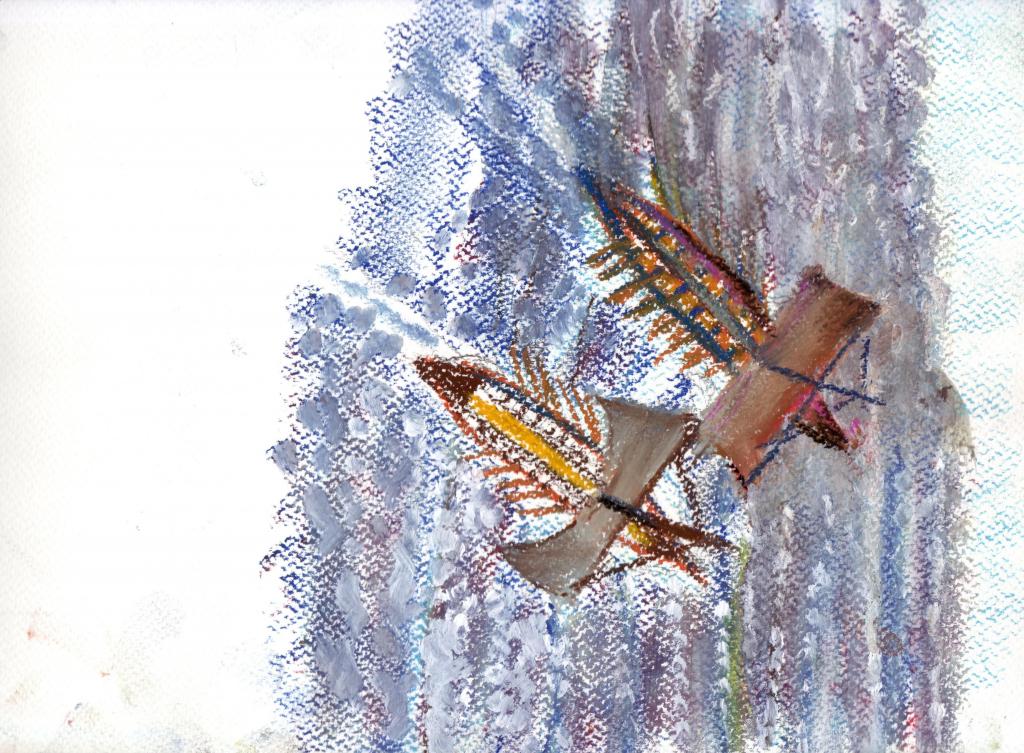Westward expansion and the decline of the galley
Prior to three hundred BC the rowing system defined the ship type a Hemiolia descended from the pentecoster ( long ship) having a single line of oars, the bireme having two lines of oars and the trireme, theoretically, having three decks of oars but actually having two decks ,the extra line of oarsmen interspersed with the upper deck oarsmen.
The break in the system occurred with the introduction of the quadreme.The two deck systems was retained but the positioning of the rowers modified. Where once the rule was one man to an oar the quadreme introduced two to an oar. This ushered in the age of classifying ships by files of rowers rather than the number of oar decks.
The age of Alexander is a watershed in ship type .Where previously the mainstay of ancient navies were the trireme the quinquire the polyremes became the norm ,in effect battle ships of the age able to mount catapults and carry marines thereby putting the emphasis on ship to ship combat rather than ramming. In the Roman theater the primary ship of the various ‘navis ‘ was the quadreme, wide bodied and shallow drafted able to operate in land and able to carry a body of troops. The Romans never a seafaring race had adopted the Carthagian quadreme to their own ends even going so far as to equip them with boarding equipment. This had its drawbacks as in rough weather the ships were liable to capsize. The island kingdom of Rhodes which dominated the Mediterranean of hundreds of years also preferred the quadreme.
With the rise of Rome and the decline of Seleucid, Ptolemaic, and Antigun empires the need for the polyremes of the hexere,pentere and decere class disappeared the bulk of the naval force now troop carrying galleys of the Libernium type able to operate coastal or as river craft, the art of building the massive polyremes lost forever.
The Roman Eastern Empire gave fresh emphasis to galley design with the phasing in of drohman type galley .They went back to the ancient one man to an oar system but were in effect triremes as there were three oars to a bank. This was achieved by angling the rower’s bench to achieve a herringbone pattern, three rowers to a bench allowing for three separate rowing holes, a single man to an oar. This gave great speed without an the extra beam necessary in the old system and spreading all over the Mediterranean, the last of the type operated by French naval forces in the nineteenth century. In addition to the rowing system they also adopted the lateen rig sail, the square sail modified to form a triangular shape. (Excavations at Pompeii have revealed paintings of ships in effect having a lateen rig as the upper yard is lowered a single side making it reminiscent of a lateen sail. Whether this is just artistic license or actual technically correct is a moot point. Did the Romans know how to sail close to the wind?)

The battle of Lepanto in the fifteenth century was the last galley combat as the Christians now able to break out of the Mediterranean extended their power to the western portions of Europe and its rough seas where it was impossible to prevail using the shallow draft galley. A few decades later during the Spanish attempted invasion of England neither powers had a single galley; the battle decided upon the sailing qualities of the crews not that of the rowers. Sail became the normal means of not only propulsion but of maneuver during combat, overturning a system used for thousands of years where the contending parties would unship their sailing gear and leave it on a friendly shore for that of sail which lasted for not more than three hundred years.



